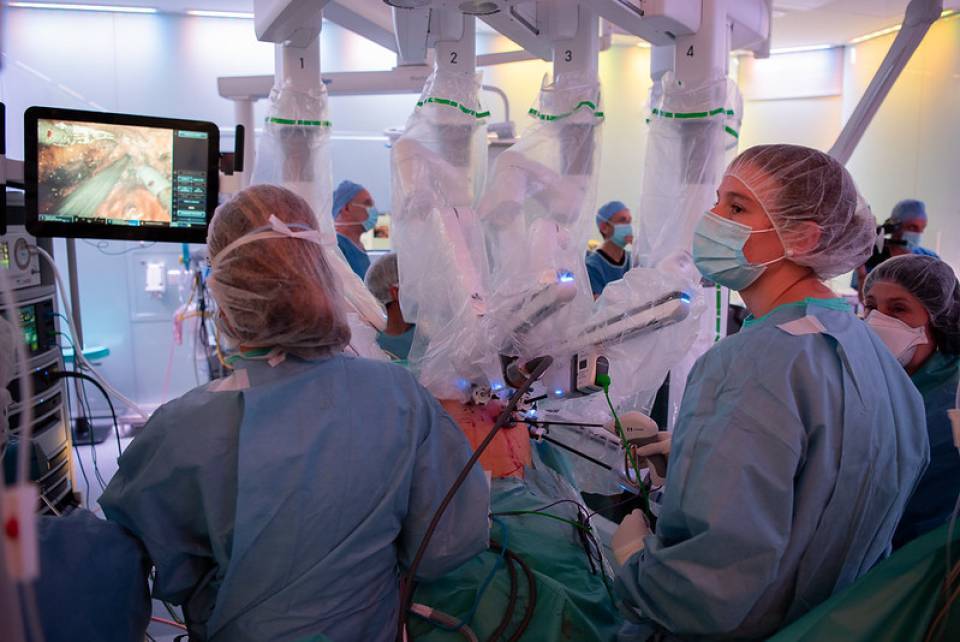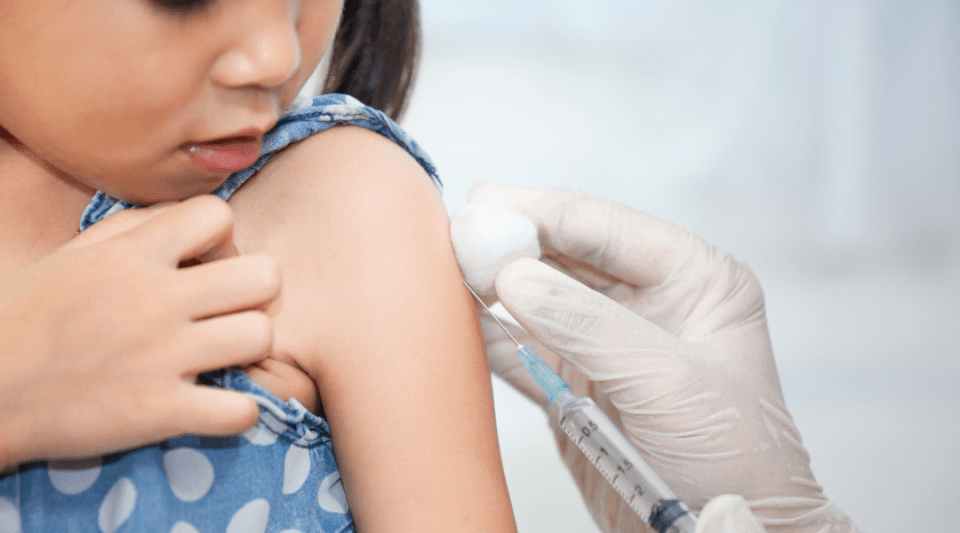This new laparoscopy technique includes image reproduction technology that combines 3D imaging technologies, 4K high definition and fluorescence imaging. It therefore provides the surgeon with more information, as it offers a high level of detail to facilitate their work.
Advanced imaging technology compensates for the lack of an open view of the surgical site, which is due to the small incision made when using laparoscopy. In addition to an optimal image, access to additional information allows for a more precise surgical technique. This information is provided by fluorescence labelling of certain anatomical structures using indocyanine green dye (ICG), as well as the emission of light with a wavelength in the near-infrared spectrum (NIR). The combination of these two techniques means that various organs and tissues that would otherwise be more difficult to identify can be visualised.
These advantages outweigh the main drawback of laparoscopic surgery: a lack of tactile information. This means that minimally invasive surgery can be performed more frequently, and can be more precise. Multiple studies have assessed this technique in surgical practice, showing that it reduces the duration of operations and decreases the complications arising from surgery.
The Gynaecology Department, led by Dr Francisco Carmona, performs various types of laparoscopic surgery. Some of the most frequent surgeries in this field are radical hysterectomy due to gynaecological cancer and endometriosis surgery. According to Dr Francisco Carmona, this new technology allows greater precision to be achieved during surgery, while further minimising risks to the patient.
In the field of gynaecological oncology, approximately 40% of cases of endometrial cancer are related to obesity. Laparoscopic surgery can offer significant benefits in these cases, including better visualisation and more accurate robotic instrument movements, among others. Furthermore, the use of NIR/ICG fluorescence in oncology patients who undergo laparoscopic surgery makes the localisation of tumour deposits more effective, and may result in better recovery following surgery.
Information documented by: Dr Francisco Carmona, Head of the Gynaecology Department at Hospital Clínic de Barcelona.




